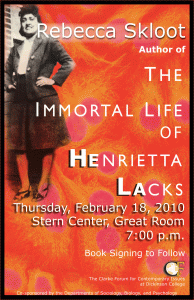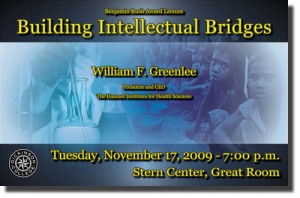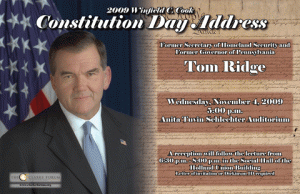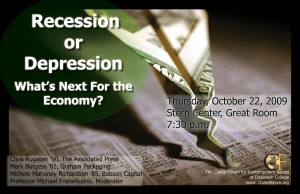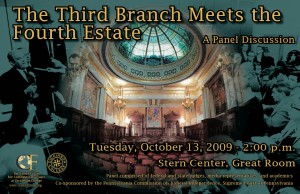Dallas Burtraw
Senior Fellow, Resources for the Future
Next Steps in U.S. Climate Policy: Winners, Losers and Innovations in Policy Design
 Wednesday, February 24, 2010
Wednesday, February 24, 2010
Stern Center, Great Room, 7:00 p.m.
* This event is part of the Clarke Forum’s series on Leadership in an Age of Uncertainty.
After the international climate meetings in Copenhagen, the eyes of the world rest on the U.S. and its progress towards meeting its goals for achieving reductions in greenhouse gas emissions. The leading proposal in the U.S. is a market-based cap-and-trade program, but there are a variety of approaches in designing such a program. These alternatives have very different implications for the overall cost of climate policy, and perhaps more importantly, who bears that cost.
Economists argue that cap and trade can achieve environmental goals at much less cost than traditional regulatory approaches. However, the asset value of the tradable “emissions allowances” that are introduced under cap and trade would constitute one of the largest commodity markets in the world. How these allowances are distributed – free distribution, or distribution through an auction – will have enormous implications for the efficiency and distributional impact of the policy, and ultimately on the nation’s willingness to move Read more

